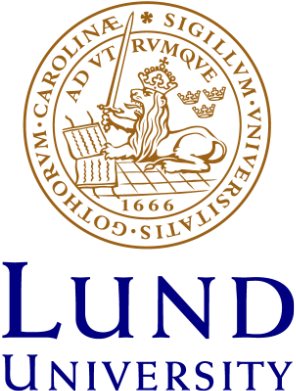Fysik: Avancerad kärnfysik
Kursen behandlar teoretiska modeller för atomkärnans struktur och reaktioner samt kärnfysikaliska experiment och deras vetenskapliga tillämpningar. Som del av detta ingår även dator- och experimentlaborationer för att introducera studenterna till de forskningsmetoder som används inom modern kärnfysik. Syftet med kursen är att fördjupa studenternas kunskaper inom teoretisk och experimentell kärThe course covers theoretical models for the structure and reactions of atomic nuclear, as well as experiments in nuclear physics and their scientific applications. The course also includes computer and experiment laboratory exercises in order to introduce the students to methods used in modern nuclear physics. The purpose of the course is to enhance the student's knowledge of theoretical and expe
